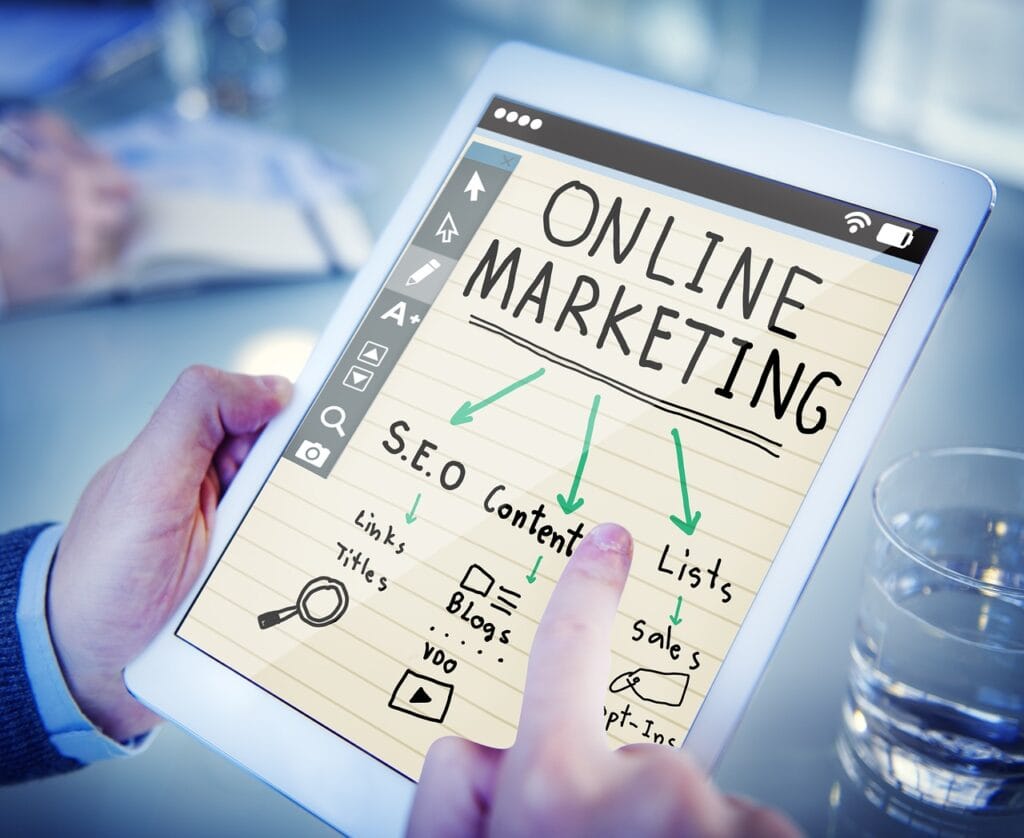Transforming Marketing Strategies with ChatGPT: A Comprehensive Guide
In today’s fast paced digital landscape, effective marketing is essential for startup success. ChatGPT, powered by advanced natural language processing, offers startups an innovative way to streamline content creation and enhance marketing strategies with chatgpt. From crafting compelling blog posts to optimizing SEO, ChatGPT can help startups communicate their value proposition and attract new customers. […]
Revolutionize ChatGPT for Content Creation: A Startup’s Guide
Content is the backbone of any effective marketing strategy. Startups often face the challenge of creating high quality, engaging, and targeted content while managing limited resources. ChatGPT, with its advanced natural language processing capabilities, offers a powerful solution to optimize content creation and marketing efforts. This guide explores how startups can integrate ChatGPT for content […]
How to Capture Leads Effectively: A Comprehensive Step-by-Step Guide
Capture leads is one of the most crucial aspects of growing your business. The right strategies can transform your lead generation efforts, enabling you to convert more visitors into potential customers without needing to reach a larger audience. This guide walks you through the process of capturing leads effectively, with a special focus on creating […]
How to Create Your First Lead Magnet: A Step-by-Step Guide
Creating a lead magnet is one of the most effective ways to capture your audience’s attention, generate leads, and grow your business. This guide will walk you through the process of creating your first lead magnet, from identifying your audience’s needs to delivering a high-value offer they can’t resist. What is a Lead Magnet? A […]
Attract the Interest of Potential Clients: Proven Strategies for Success
For creative businesses, attract the interest of potential clients can be challenging. The common questions often revolve around: “How can I generate more leads?” “How can I convert leads into opportunities?” “How can I win more clients?” If you’re struggling with similar questions, this guide will help you understand how to effectively attract and nurture […]
What is Content Marketing Strategy? A Complete Guide
In today’s digital world, content marketing strategy is the backbone of successful marketing. But what is content marketing strategy, and why does it matter? A content marketing strategy is a planned approach to creating, distributing, and managing valuable content that engages, persuades, and converts your target audience. It’s not just about writing words—it’s about crafting […]
Leveraging AI Powered Strategies for B2B Businesses

AI in B2B Business: Revolutionizing Sales, Marketing, and Customer Service Artificial intelligence (AI) is rapidly transforming how B2B businesses operate. By integrating AI-powered tools into sales, marketing, and customer service processes, companies can streamline operations, enhance personalization, and improve ROI. This guide explores how ai powered strategies for b2b businesses and unlocking new opportunities for […]
AI Powered Strategies for B2C Businesses

Revolutionizing Customer Service and Support Artificial intelligence (AI) is redefining customer service and support in B2C businesses, enabling organizations to deliver personalized, efficient, and data-driven experiences. By harnessing the power of AI and customer data platforms (CDPs), companies can transform how they interact with customers, ensuring greater satisfaction, loyalty, and operational efficiency. In this comprehensive […]
AI Marketing Strategies: Viral Content and Engagement

AI marketing is reshaping the landscape of digital strategies, offering innovative tools to create personalized, engaging, and highly impactful campaigns. By leveraging artificial intelligence and customer data platforms (CDPs), businesses can optimize their marketing efforts to reach wider audiences, boost engagement, and achieve measurable results. This guide explores how AI marketing strategies is revolutionizing […]
Unlocking the Power of AI Powered Tools in Digital Marketing

In the ever evolving landscape of digital marketing, businesses continuously seek innovative ways to engage audiences, maximize ROI, and enhance customer experiences. Artificial intelligence (AI) has emerged as a transformative force, offering advanced tools and capabilities to elevate digital marketing strategies. This article delves into how ai powered tools in digital marketing are reshaping targeted social […]

